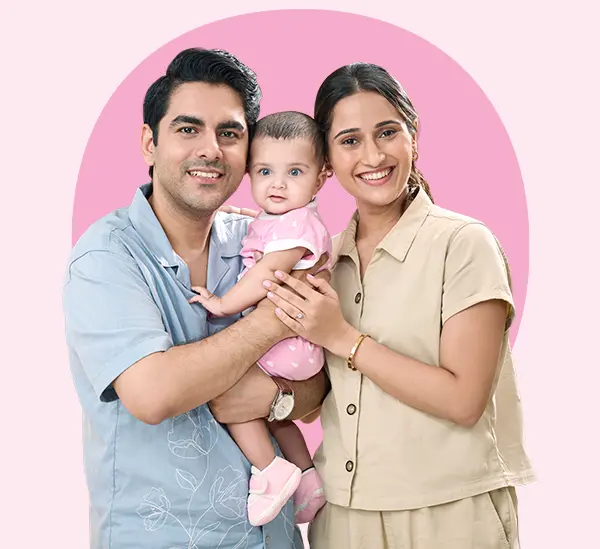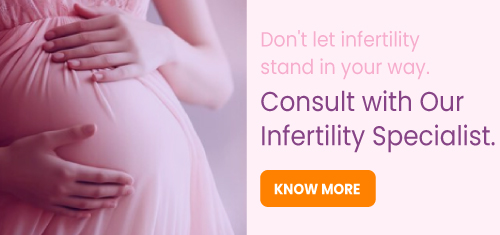
Successful management of secondary infertility in severe Adenomyosis
Priya, a 34-year-old woman, and her 35-year old husband Raj, married for four years were keen to start a family, they had visited the Oasis fertility center in Secunderabad. Priya had a history of a bulky uterus with diffuse adenomyosis with small endometriotic cysts. She had suffered from two miscarriages. And Raj had a history of raised DFI (which reflects the integrity and damage of sperm DNA) was high at 39% and severe prostatitis (acute bacterial infection).
Adenomyosis is a condition, where the inner lining of the uterus (endometrium) grows into the muscular wall of the uterus. This displaced tissue continues to function normally- thickening, breaking, and bleeding during each menstrual cycle, resulting in an enlarged uterus, and women experience painful and heavy periods, and pain during sexual intercourse.
Though the etiology of adenomyosis is still not clear, it is related to elevated amounts of estrogen. Its presence provokes a condition of sub-fertility.
Many women aren’t aware they have adenomyosis, as symptoms aren’t always associated with it. Although adenomyosis mostly affects women in their 40s and 50s, about 20% of cases appear in women under 40 years of age, affecting 20-65% of women, and it usually resolves after menopause.
As many couples put off parenthood until their late 30s and 40s, doctors witness more cases of adenomyosis and infertility going for in vitro fertilization (IVF). Women with this condition tend to have miscarriages in both natural and IVF pregnancies.
In addition to Adenomyosis, Priya had a low AMH value (determining a woman’s ability to produce eggs for fertilization) further reducing her chances of conception. The couple had undergone several comprehensive tests and a personalized treatment was tailored for them.
Firstly, her eggs were retrieved in a challenging oocyte retrieval needing a trans-myometrial approach and the husband’s sperm was processed (MACS) and then they were fertilized and frozen. Later a hysteroscopy was performed, only to reveal the presence of adenomyotic adhesions which were excised. Post-surgery, hormone replacement therapy was started and an LNG IUS (to avoid further formation of adhesions) was placed for 6 months and was removed only 15 days prior to an embryo transfer. Once a good endometrial thickness was achieved, two good-quality embryos were transferred.
The treatment was successful, and the couple welcomed 2 boys weighing 2 kgs and 2.3 kgs at 38 weeks of gestation.


fill up the form to get a
Free Consultation
Avail 0% interest on EMI
All Procedures | No Upper Limit
How we reviewed this article:
- Current Version

